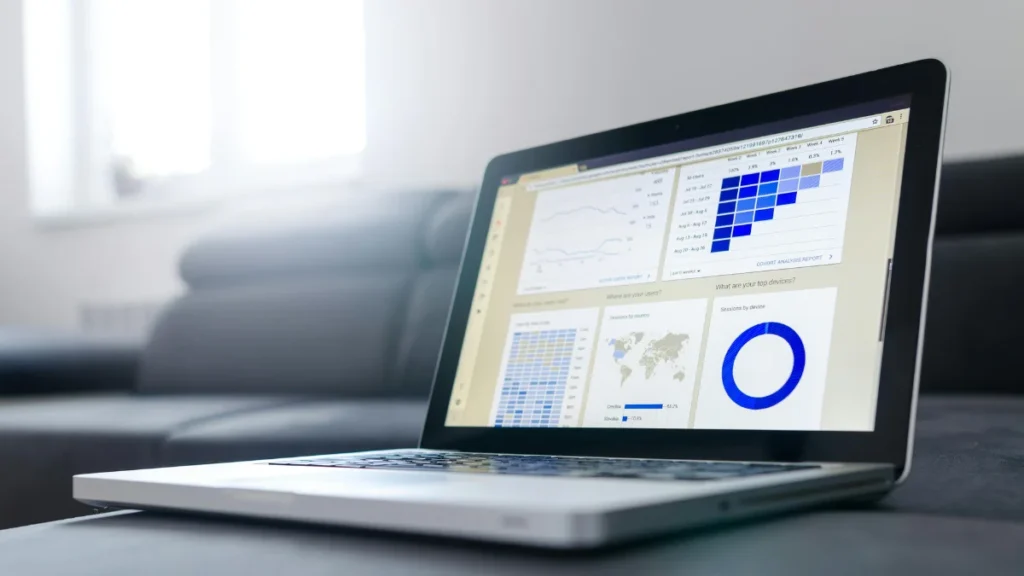Collection of Data is the second chapter of class 11 Statistics. It is also one of the most important chapters in Statistics. Here is the Collection of Data Class 11 Notes Statistics:
Topics Discussed
Data

Statistics means data or quantitative information capable of some meaningful conclusions.
There are two sources of data:
1) Primary Source
2) Secondary Source
Primary Source
The primary source of data implies a collection of data from a source of origin.
Secondary Source
A secondary source of data implies a collection of data from some agency or institution that already happens to have collected the data through a statistical survey.
Primary Data
Data collected by the investigator for his purpose, for the first time from beginning to end, are called primary data. These are collected from the source of origin.
Secondary Data
Data collected by other persons are called secondary data. Since these data have already been collected by somebody, they are available in the form of published and unpublished reports.
Difference between Primary Data and Secondary Data
- Difference in Originality: Primary data are original because these are collected by the investigator from the source of their origin. Against this, secondary data are already in existence and are not original.
- The difference in Suitability of Objectives: Primary data are always related to a specific objective, secondary data have already been collected so these data need to be adjusted.
- Difference in cost of collection: Primary data are costlier in terms of time, and money than secondary data.
Modes of Collection of Data
- DPI (Direct Personal Investigation)
- IOI (Indirect Oral Investigation)
- ILS (Information from Local Sources)
- IQS (Information through Questionnaire of Schedule)
- Mailing Method
- Enumerator Method
Direct Personal Investigation
It is the method by which data are personally collected by the investigator from the informants.
Suitability
- The field of investigation is limited.
- Information is to be kept secret.
- The accuracy of data is of great significance.
Merits of Direct Personal Investigation
- Originality
- Uniformity
- Accuracy
- Elastic
Demerits of Direct Personal Investigation
- Difficult to cover wide areas
- Costly
- Personal Bias
- Limited Coverage
Indirect Oral Investigation
It is the method by which information is obtained not from the person regarding whom the information is needed. It is collected orally from other persons. These other persons are known as witnesses.
Suitability of Indirect Oral Investigation
- The field of investigation is relatively large.
- It is not possible to have direct contact.
- Only experts can give information.
Merits of Indirect Oral Investigation
- Wide Coverage
- Simple
- Less Expensive
- Free From Bias
Demerits of Indirect Oral Investigation
- Less Accurate
- Biased
- Doubtful Conclusions
Information from Local Sources
Under this method, the investigator appoints local persons or corresponds at different places. They collect information in their own way.
Suitability of Information from Local Sources
- Regular information is needed.
- The area of investigation is large.
- Information is used by journals, radio, and TV.
Merits of Information from Local Sources
- Economical
- Continuity
- Wide Coverage
- Suitable for special purpose
Demerits of Information from Local Sources
- Loss of Originality
- Less accurate
- Personal bias
- Delay in Collection
Introduction to Macroeconomics Class 11 notes
Information through Questionnaires and Schedule
There are two ways of collecting information:
1) Mailing Method
2) Enumerator’s Method
Mailing Method
The questionnaire is mailed to the informants. A letter is attached to the questionnaire. The information would be secret.
Suitability of Mailing Method
- The area of the study is wide.
- The informants are educated.
Merits of Mailing Method
- Economical
- Wide Coverage
- Original
Demerits of the Mailing Method
- Lack of Interest
- Limited Use
- Lack of Flexibility
Enumerator’s Method
A questionnaire is prepared and the enumerator approaches the informant with the questionnaire. The questionnaires which are filled out by the enumerators by putting questions are called schedules.
Suitability of Enumerator’s Method
- The field of investigation is large.
- The investigation needs skilled and specialized investigators.
Merits of Enumerator’s Method
- Wide Coverage
- Personal Contact
- Accuracy
- Completeness
Demerits of Enumerator’s Method
- Partial
- Availability of Enumumerators
- Expensive
- Time-Consuming
Qualities of a Good Questionnaire
- A limited number of questions
- Simplicity
- No Undesirable questions
- Proper order of the questions
- Calculations
- Instructions
- Non Controversial
- Cross Verification
Collection of Secondary Data

There are two main sources of Secondary Data:
1) Published Source
2) Unpublished Source
Published Source
Some of the published sources of secondary data are:
- Government Publications
- Semi Government Publications
- Reports of Committee and Commissions
- Publications of Trade Associations
- Publications of Research Institutions
- Journals and Papers
- Publications of Research Scholars
- International Publications
Unpublished Source
To assess the reliability, suitability, and adequacy, the following points keep in mind:
- Ability of the Collecting Organisations
- Method of Collection
- Accuracy
- Objective and Scope
- Definition of the Unit
Two Important Sources of Secondary Data
Census of India
Census of India is a decennial publication of the government of India. It relates to population size and demographic changes.
Broadly, It includes statistics information:
- Size, Growth Rate, and Distribution of Population
- Population Projections
- Density of Populations
Reports and Publications of NSSO
National Sample Survey Organisation (NSSO) is a government organization under the Ministry of Statistics and program implementation.
The organization conducts or collects basic statistics information relating to various economic activities.
Broadly, it includes statistics information:
- Land and Livestock Hoardings
- Employment and Unemployment in India
- Housing Conditions and Migration
- Sources of Household Income in India
These are the collection of data class 12 notes statistics. If you have any doubt, you can either join my telegram channel or comment below to resolve your doubts.
[…] Collection of Data Class 11 Notes […]